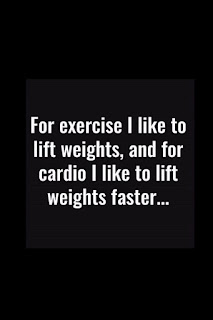Post ACL reconstruction surgery is one of the most common things I see as a sports Physical Therapist. Here at Next Level you will see many patients working through different phases of return to sport rehabilitation. Here's a glimpse of some of our different phases of progress. It is important to respect the healing of your graft and to have a PT who understands how much loading is appropriate (and when) so that you can continually build strength and keep moving towards your sport specific goals.
In early therapy if your quad is have trouble firing we use NMES (neurmuscular electrical stimulation) to help the muscles contract. Due to all of the swelling these muscles become inhibited after surgery. It is a big goal to get them firing again.
Also in early therapy our goals are of course to get you walking normally again. As quickly as possible we begin training more functional patterns, challenging your core strength, strengthening your hips, and retraining balance.
Regaining single leg strength is another big goal. Therapy often involves many different exercises utilizing only one leg at a time so no compensation is allowed.
As you continue to get stronger another goal is to keep your mobility looking good. We work hard to restore full range of motion of the knee but also to maintain mobility particularly of the quad (we don't want it getting too tight) and the other tissues surrounding the knee. Myofascial decompression (cupping), instrument assisted soft tissue mobilization, rolling, and mobility bands all help to accomplish this.
And then we continue to work hard on strength, stability, and endurance...sweat is normal here.
Your Physcial Therapist will progressively load you and watch your movement patterns so that you continue to get stronger.
Once you meet specific strength, mobility, pain-free criteria you will move into more dynamic and sport specific training. Here is where things get fun!
A sports specific physical therapist will have the tools to cater this towards your individual sport's demands and be able to ramp you back into these activities in a controlled environment.
As you can see most of the rehab process looks like a strength and conditioning program but tapered down initially to respect the healing process and integrity of the graft.
If you are looking for a therapist specialized in returning athletes to sport give us a call or send us a message!
As you can see most of the rehab process looks like a strength and conditioning program but tapered down initially to respect the healing process and integrity of the graft.
If you are looking for a therapist specialized in returning athletes to sport give us a call or send us a message!
















